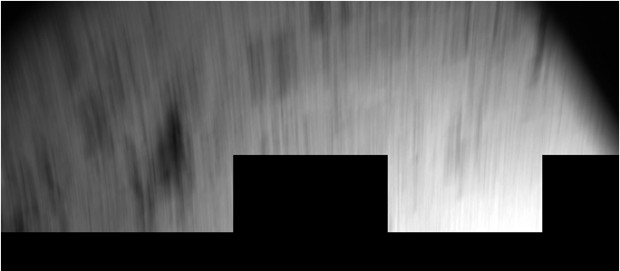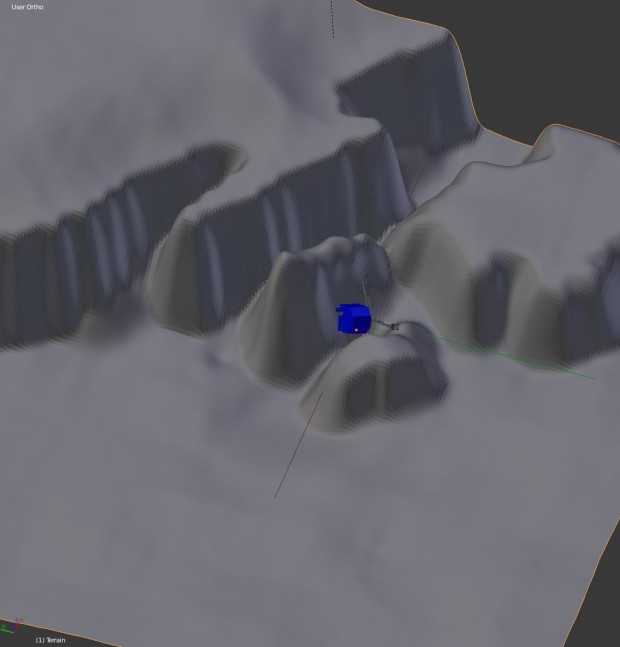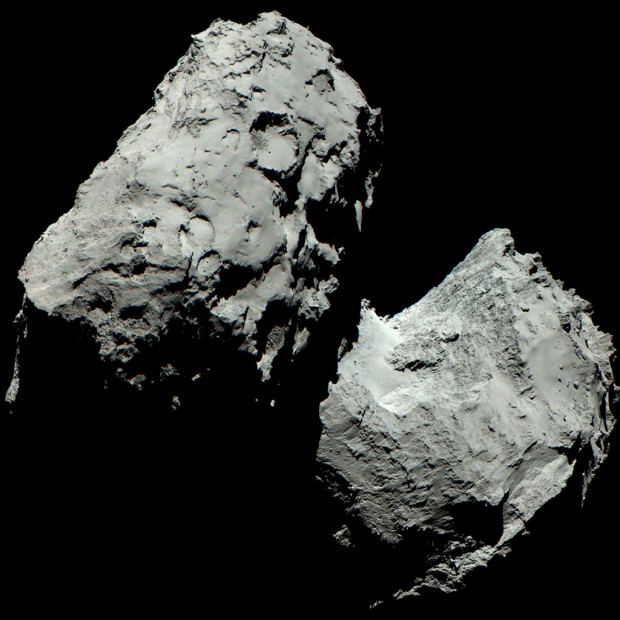ساعاتی پیش آژانس فضایی اروپا ، تصاویر جدیدی از ماموریت شکارچی دنباله دار ، رزتا را منتشر نمود که از جمله این تصاویر می توانیم به اولین عکس فرودگر Philae از سطح دنباله دار پس از فرود ، اشاره کنیم.
همانطور که پیش تر هم اشاره کرده بودیم فرود گر فیله دقایقی پس از جدا شدن از سفینه مادر ( رزتا ) پس از چند بار برخورد با سطح دنباله دار ۶۷P/Churyumov-Gerasimenko ، در محلی نا مناسب فرود آمد که سایه سخره قرار گرفته بر روی آن تنها اجازه دریافت 4.5 ساعت از 6 ساعت تابش نور خورشید به این فرودگر را می دهد و همین امر باعثشده تا این کاوشگر با مشکلات انرژی برای انجام ماموریت های خود روبرو گردد.
دوربین OSIRIS مورد استفاده قرار گرفته، تصاویر متعددی را از دنباله دار مورد بحث به ثبت رسانده اما به علت فشاری که سفینه فضایی برای دانلود اطلاعات متحمل است، دانشمندان باید برای مشاهده آن ها صبر کنند. آن ها امیدوارند که این تصاویر مکان دقیق Philae را مشخص کرده و به آن ها امکان تخمین زمان بیداری را بدهد. انتظار می رود تصاویر مذکور، تا چند روز آینده به دست Matt Taylor و دیگر دانشمندان این تیم برسد.
در ادامه شما را به دیدن این تصاویر جدید دعوت می کنیم :
منبع : wierd
New Photos Released From Rosetta Comet Landing Mission
New Photos Released From Rosetta Comet Landing Mission
As the Rosetta orbiter enters the main science phase of its mission, Philae remains in hibernation under the shadow of a cliff—stuck sideways with one of its three legs wedged in a rock. There are six hours of daylight on the comet, but because of the cliff’s shadow, Philae’s only receiving four and a half hours. By February or March, the lander should receive enough sunlight shining at more direct angles to power it up. Although it looks like Philae will be able to survive the bitter cold until then, no one knows exactly when that will be.
Rosetta’s OSIRIS camera has taken even more photos of the comet, but because the spacecraft is currently trying to download so much data, mission scientists have to wait to see them. They hope the images will reveal Philae’s exact location and enable them to better estimate when it might wake up. They should get the pictures within a few days, says Rosetta project scientists Matt Taylor, and then the team can start scouring them for signs of Philae.
 گجت نیوز آخرین اخبار تکنولوژی، علم و خودرو
گجت نیوز آخرین اخبار تکنولوژی، علم و خودرو 











